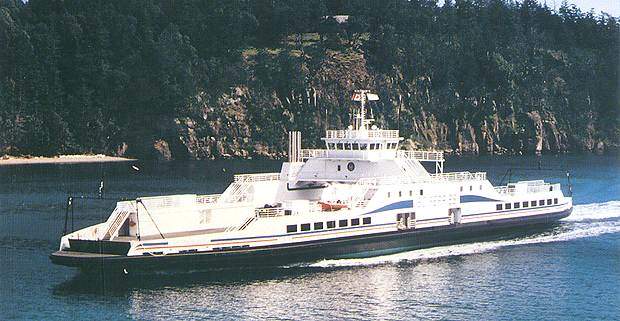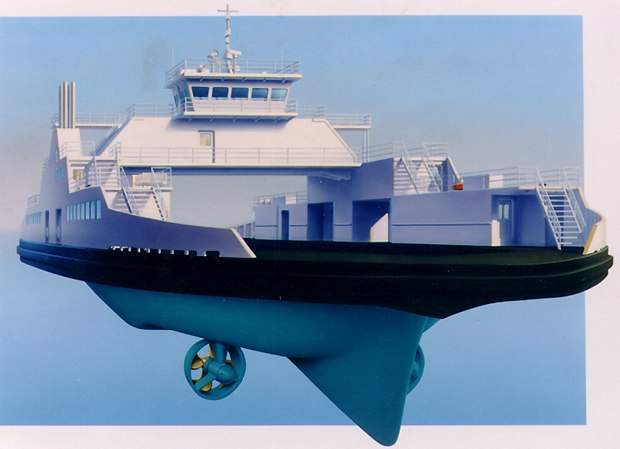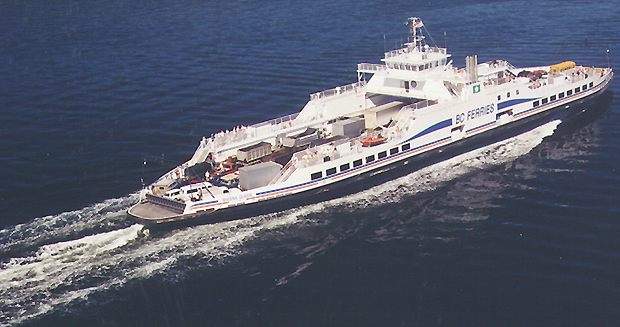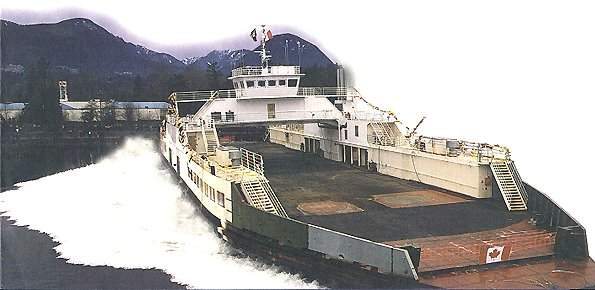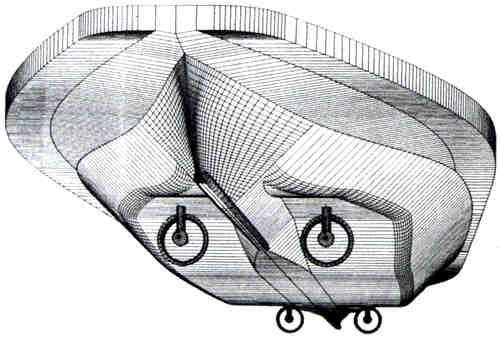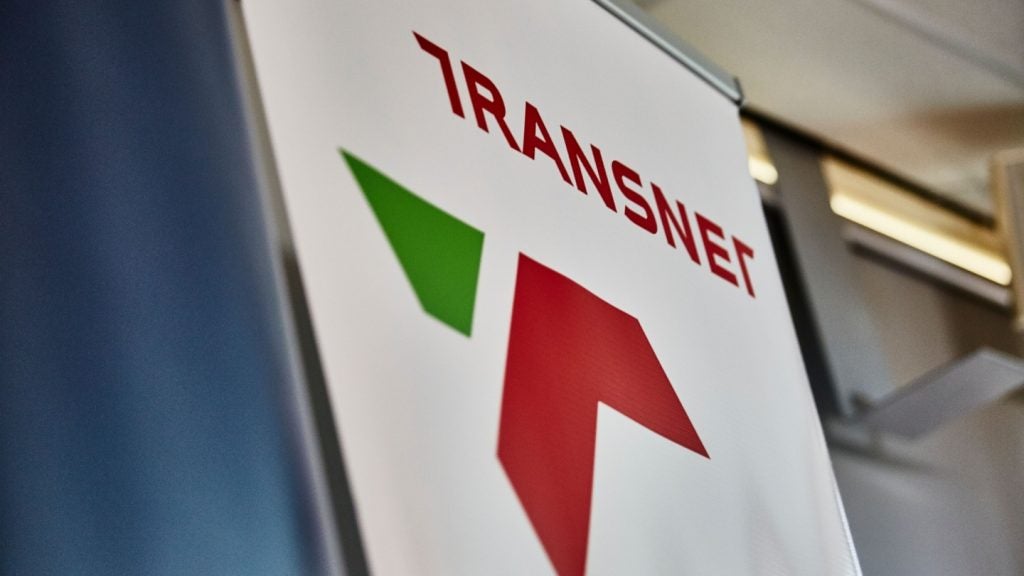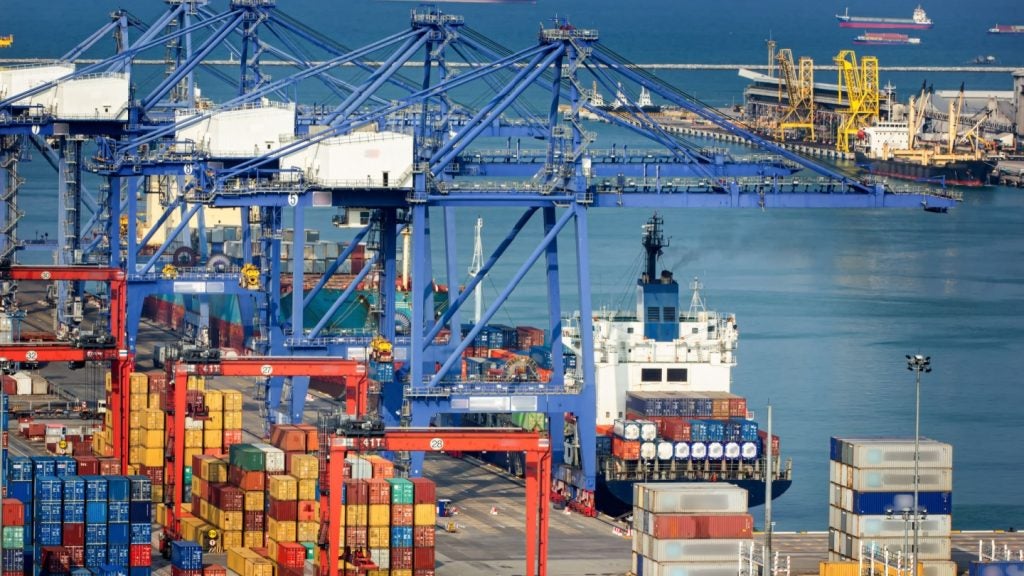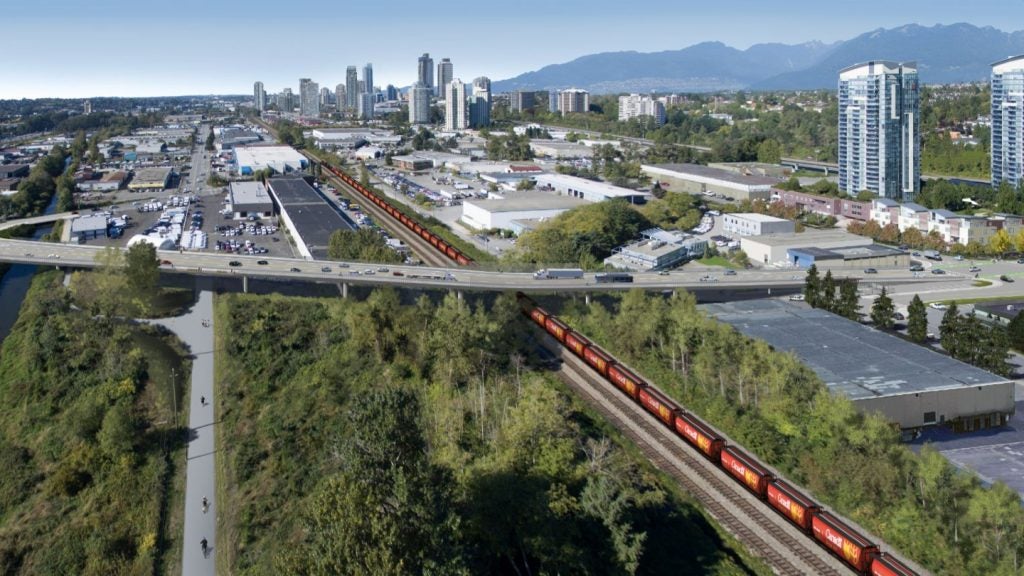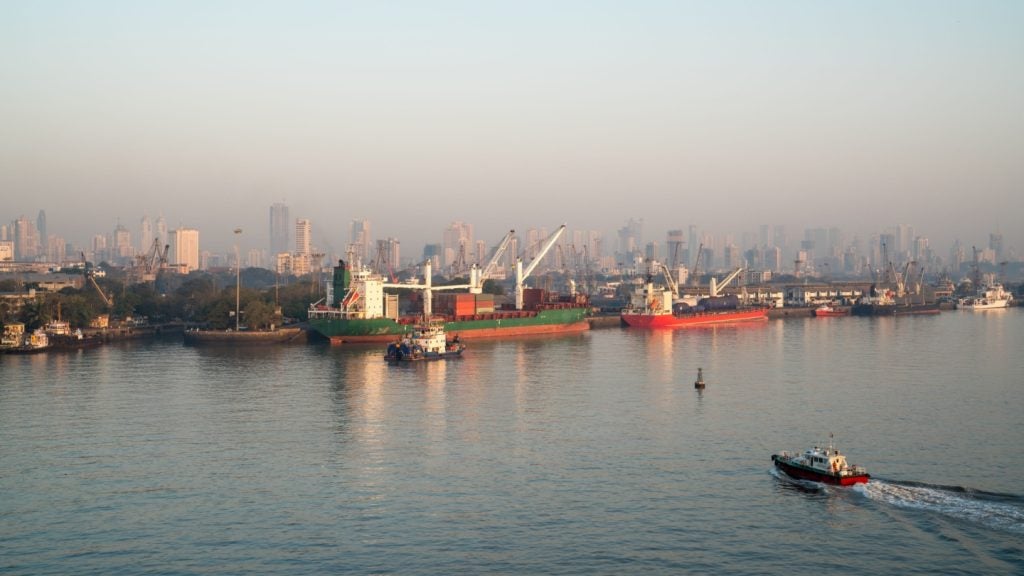The Skeena Queen is designed for predominantly commuter-oriented routes of one to five miles in distance, with heavy early morning and late afternoon rush-hour traffic patterns. It was designed by McLaren & Sons and built by Allied Shipbuilders of Vancouver in 1997. It is operated by British Columbia Ferries, on the route between Fulford Harbour, Vancouver and Swartz Bay, Victoria.
The Skeena was out of service for several months in 2000 when its engines were replaced at a cost of $2.5m. The high-speed engines were replaced again in 2002 with four Mitsubishi medium-speed engines.
Design
The Skeena Queen has a length of 110m and a beam of 24m. It is subdivided transversely avoiding complications of asymmetrical flooding, cross flooding, etc.
It has an evolutionary hull shape to minimise wave-making, enhance sideways performance and enable reasonable transit speeds at relatively low power. The hull form has a shallow draft, flat bottom with round bilges and a cylindrically developed bottom and side shell. The hull was shaped to align the water flow into the propellers, which are located relatively close to centreline.
The Skeena Queen is built with relatively heavier scantlings than other minor route ferries. The vehicle deck is of thick mild steel plate. All exterior steel surfaces of the ship are continuously welded to minimize corrosion and paint failure. The exterior has been entirely sandblasted and coated with an ‘epoxy’ paint system, which requires less maintenance.
Facilities
The vessel features a full length, six-lane wide, clear vehicle deck. It has sufficient deadweight capacity to accommodate a fall deckload of loaded semi-trailers. It has a roll on, roll off system that is suitable for efficient two-lane loading. It can transport 600 people and 100 vehicles, and it has a crew of seven.
The passenger accommodation and services are outboard of the vehicle lanes. Four passenger lounges located on the main deck are clear of the machinery spaces, to minimise noise transmission and concerns of fire protection. These serve as fire-proof muster areas for passengers and crew during emergencies. Docking and undocking occurs 34 times daily.
Propulsion
The Skeena Queen is powered by four Mitsubishi S12R MPTK engines, rated at 1,040kW (1,394hp) at 1,650rpm, or 1,210kW (1,622hp) at 1,800rpm in emergency mode. They are located in one engine room at midship. Transmission is by four 21.33m-long propulsion shaft lines, connected to four azimuthing right-angle drives. This arrangement improves manoeuvrability and reduces docking time. Each main engine is coupled to the drive via a Niigata RGC 140K vertically offset clutch/reduction gear and a torsional coupling. The output coupling of the reduction gear is connected to the input coupling of the right-angle drive by three solid intermediate shafts and one intermediate shaft with gear couplings.
The vessel uses Niigata ZP3A-1 azimuthing right-angle drives, which turn Osborne CDA 957 1,900mm fixed pitch propellers at a speed of 300rpm. The propellers are housed in modified (shortened chord) 19A propulsion nozzles to provide greater thrust at lower speed. The drives can rotate to combat current forces. A sideways thrust of 4.5 knots is possible when using the four thrusters.
Automation and control
The Skeena Queen has a navigation light panel PMC type 8010 Series 2000 for operation from 24V AC primary power transformed from 120V AC switchboard or from 24V DC secondary power. There is an Anschutz standard 20 Gyro compass system and two Racal Decca bridgemaster C251/6 Xband colour radars. There is also a Marconi Seachart 3 echosounder with a depth range of 0-1,200m. One PMC Type 8118 shaft tachometer monitors four shafts.
The vessel has four SEA model 156-C VHF Radiotelephones, a SP3110 sailor portable VHF transceiver, a Kenwood R5000 multiband receiver with VC20 marine option and a Northstar DGPS-941XD global navigation system.

